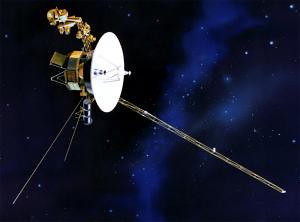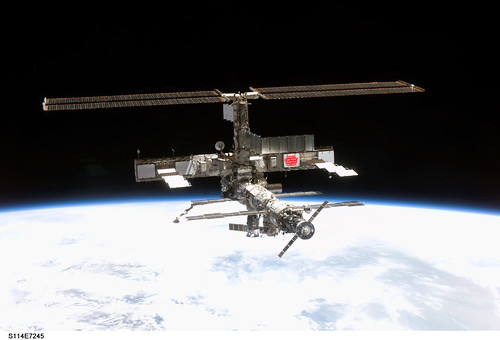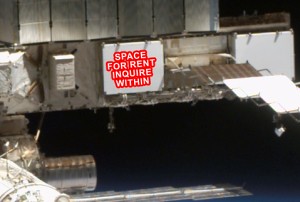The Phoenix Mars Lander has passed its first in-flight check. The collaborative project, part of NASA’s Mars Scout class, is headed by the Universtiy of Arizona but includes efforts by Lockheed-Martin and The Max Planck Institute. The mars lander, slated to explore the arctic region of mars, analyzing samples of soil and ice, launched on August 4th and is expected to land on May 25, 2008. Last week, it received its first in-flight report, including a photo taken from its robotic arm camera:
The Robotic Arm Camera took an image of the Robotic Arm scoop using its red LED (Light-Emitting Diode) lamp. Human eyes see this image only in shades of gray, so the picture has been enhanced in false color to better represent what the camera sees.
Images from the Robotic Arm Camera, one of five imaging instruments on the lander, will be the only pictures taken and returned to Earth until Phoenix approaches and lands on Mars on May 25, 2008. Additional images will be taken by the Robotic Arm Camera later in the cruise stage.
The Robotic Arm Camera check was one of a series of instrument tests being completed as Phoenix cruises toward the red planet. Phoenix was about 57 million miles from Earth when the image was sent back. It is traveling at 76,000 miles per hour in relation to the sun.
On Mars, the Robotic Arm will dig trenches, scoop up soil and water-ice samples and deliver them to several instruments on the lander’s deck for chemical and geological analysis.
The Robotic Arm Camera, built by the UA and Max Planck Institute, is attached to the Robotic Arm just above the scoop and will provide close-up, full-color images of the Martian surface, prospective soil and water-ice samples, samples collected in the scoop before delivery to the lander’s science deck, and of the floor and side walls of the trenches.
While the photo doesn’t look like much, it provides welcome relief to the project team. From the project’s excellent blog:
At the moment all we have to look at is the scoop on RA that we’ll use to dig into the surface of Mars. Although we see numbers flow back during these health checks, a picture is something very tangible. It tells us in an image what it takes pages of numbers to understand. We see a sharp focus, the lights are on, the multitude of commands executed properly, the data pipe that the images stream down all work, After all RAC is a camera, all the work is to have an instrument that takes images and the result is we get a picture here on Earth from tens of millions of miles from home. Makes me confident we’ll get back pictures after we land on Mars.
I find this very comforting. Not only have we endured launch, deep cold of space, but we also survived the Van Allen Radiation Belts that surrounds the Earth (some 1500 rems / year compared to 0.04 here on earth). We’ve prepared for this and we’d prepared well. It certainly is exciting to see our hearty little friend is healthy so far from Earth on her extraterrestrial journey to her new home on Mars.

The same in-flight check returned the lander’s cruising temperature (a touch colder than a Wisconsin winter):
So far all looks well on the spacecraft and the instruments are at a balmy -30° C with some places near 0°C. The RAC at a comfortable -15°C!So much for the interplanetary weather report.
Meanwhile, the weather on Mars isn’t much better. Earlier this summer, a global dust storm swept the red planet creating a sky-darkening dust clout, nearly killing NASA’s solar-dependent exploration rovers. The rovers, Spirit and Opportunity, have worked 40 months more than their original 3-month goal. Along the way, they’ve survived a lot:
"These rovers are tough. They faced dusty winds, power starvation and other challenges — and survived. Now they are back to doing groundbreaking field work on Mars. These spacecraft are amazing," said Alan Stern, associate administrator of NASA’s Science Mission Directorate, Washington.
Let’s hope the Phoenix has similar longevity. So far, so good.

The Soyuz-FG rocket is scheduled to blast off from the Central Asian steppe on Wednesday night to take Malaysia’s Sheikh Muszaphar Shukor, Peggy Whitson of Beaconsfield, Iowa, and Russian Yuri Malenchenko into orbit.
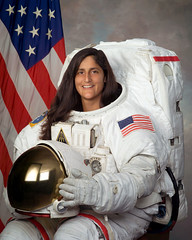 U.S. Naval officer and NASA astronaut
U.S. Naval officer and NASA astronaut 
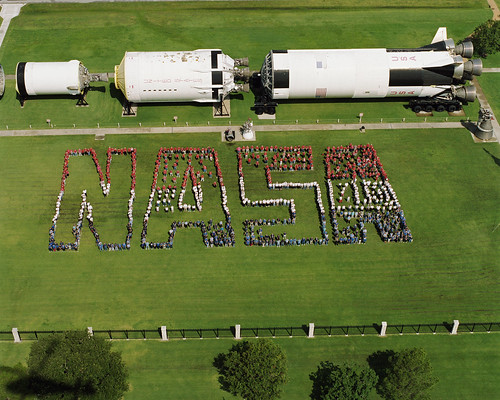


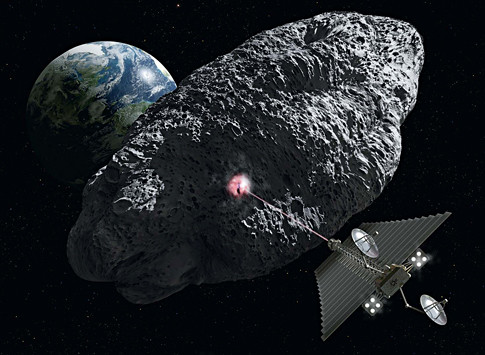
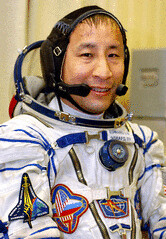 Last week, we told you about
Last week, we told you about 